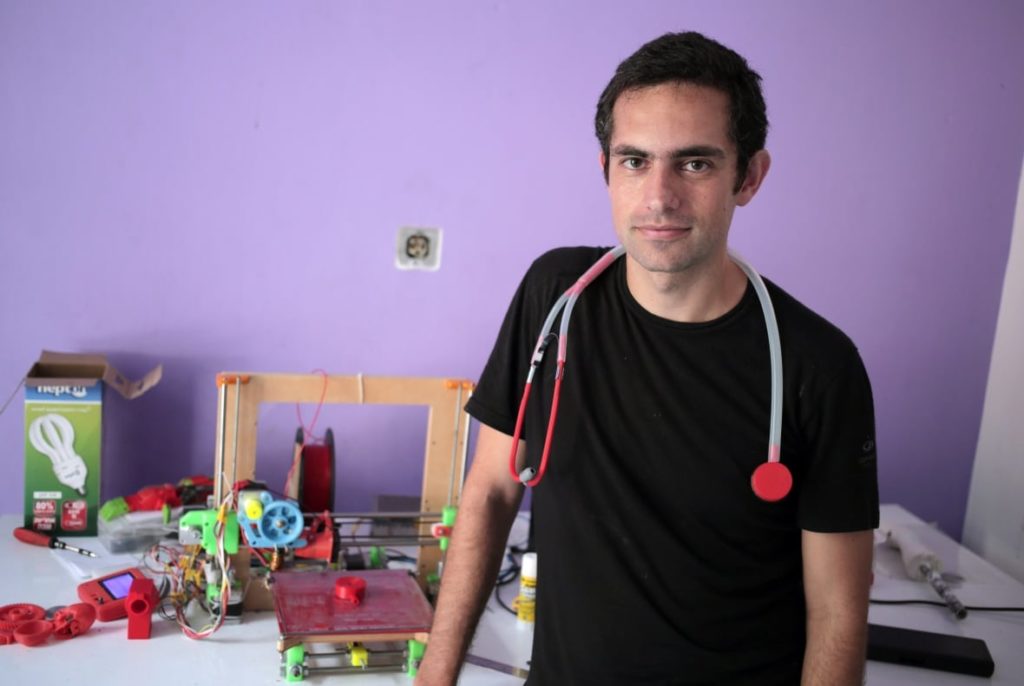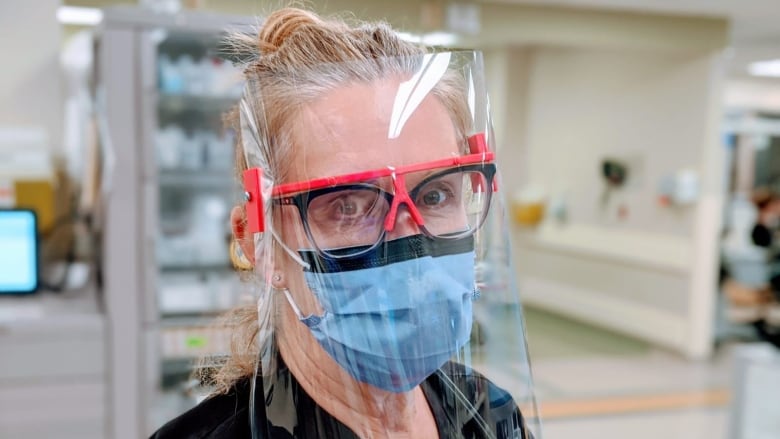Immediately in the wake of Hurricane Maria, small communities in Puerto Rico found themselves relying on the few sites that maintained electricity after the island’s gas power plant went offline. Local community center Casa Pueblo was able to be an “energy oasis” due to the solar panels it had installed on its roofs 20 years earlier. The center then handed out 10,000 solar lamps to victims of the hurricane. The work of Casa Pueblo demonstrates the types of emergency response that can be performed during extreme weather events exacerbated by climate change.
Just as distributed solar power can help a site maintain its electricity after a hurricane, distributed production may be useful for fabricating necessary tools in an emergency. The increased incidence of extreme weather events and other emergencies that will occur as a result of global warming may see 3D printing become an important tool to producing supplies on demand for aid workers and communities.
The premise is not entirely hypothetical, given the role that 3D printing has already played in emergency situations. A prime example is the Gaza Strip, the small slice of land that has been under a near constant state of crisis since it was placed under siege by Israeli forces beginning in 1994 and steadily more controlled over time.
Palestinian-Canadian emergency physician Dr. Tarek Loubani began his Glia Project in 2012 in response to the great need to get affordable medical supplies into the blockaded area. Beginning with a stethoscope, Loubani demonstrated that it was possible to 3D print crucial medical devices from within the occupied land at a fraction of the cost of purchasing mass manufactured goods. Whereas a traditional stethoscope can cost upward of $200, Loubani’s 3D printed version was only 30 cents to make and could be produced using low-cost RepRap 3D printers that could be assembled within Gaza.
The open source project, with files hosted on GitHub, has gone on to design a host of 3D printed medical devices and other objects that anyone with a 3D printer can produce. One of the most significant was a 3D printed tourniquet that was deployed during the “Great March of Return” protests that began in 2018, 70 years after the 1948 Nakba event when 700,000 Palestinians fled or were expelled from their homes by the newly formed Israeli government.
To treat protesters wounded during the event, Loubani and his team arrived with 350 3D printed tourniquets, first using just 10 on the first day with three failing and seven working. The doctor attributed the failed devices to the fact that the volunteers using them in the field were under live fire and being tear gassed while aiding fallen protesters. In the process, not only did Loubani himself suffer a gunshot wound, but one of his fellow paramedics was also killed by Israeli sniper fire, despite attempts to identify himself as a first responder.
Most recently, Glia has uploaded a modification of a face mask that is being used in the Emergency Department of the London Health Sciences Centre in Canada in response to a lack of medical supplies due to the COVID-19 outbreak. Loubani was not the only one responding to the health threat with distributed manufacturing technologies.
In response to a shortage of ventilator valves in Brescia, Italy, the country’s FabLab community was able to locate a 3D printing shop that could fabricate the parts directly on-site at the hospital in need. In turn, CECIMO, the European association for additive manufacturing (AM), was requested by the European Commission to seek help from members to aid in the 3D printing of necessary medical equipment, such as valves or ventilator parts. While the trade group expanded this call to AM companies outside of CECIMO, as well, the organization’s director general highlighted the fact that this was a temporary effort and that, outside of the emergency, medical guidelines would be necessary for the production of similar devices in the future.
These are only some examples of instances when producing parts on-demand with 3D printing has enabled dramatic actions to take place during emergency situations. However, there are countless other printable designs that already exist or are in development that could serve similar uses. Glia, for instance, has designed a 3D printable otoscope for performing ear exams. GynePunk has developed 3D printable speculums. There are also numerous versions of 3D printable splints and prosthetic devices. The lab of Michigan Tech’s Joshua Pearce has created libraries of useful, printable objects from lab equipment to metal tools that can be built with an open source arc welding printer.
We must underscore the fact that designing and producing parts for emergencies is not an easy task and the printed items may be problematic in themselves, due to the porosity of the parts attracting bacteria. Some objects may not even fully function when printed correctly. They may lack the proper Z-axis strength to sustain repeated use. And many, like the masks and valves printed to deal with the coronavirus, will require other components in order to serve their purpose.
Nevertheless, they could function in an emergency, of which there may be many as the climate crisis continues to unfold. And the fact that some RepRaps can be built using e-waste and others have been designed to be powered by the sun means that, if worse comes to worse, 3D printers may be more useful than not.
Subscribe to Our Email Newsletter
Stay up-to-date on all the latest news from the 3D printing industry and receive information and offers from third party vendors.
You May Also Like
Gorilla Sports GE’s First 3D Printed Titanium Cast
How do you help a gorilla with a broken arm? Sounds like the start of a bad joke a zookeeper might tell, but it’s an actual dilemma recently faced by...
Nylon 3D Printed Parts Made More Functional with Coatings & Colors
Parts 3D printed from polyamide (PA, Nylon) 12 using powder bed fusion (PBF) are a mainstay in the additive manufacturing (AM) industry. While post-finishing processes have improved the porosity of...
$25M to Back Sintavia’s Largest Expansion of Metal 3D Printing Capacity Since 2019
Sintavia, the digital manufacturing company specializing in mission-critical parts for strategic sectors, announced a $25 million investment to increase its production capacity, the largest expansion to its operations since 2019....
Velo3D Initiates Public Offering in a Bid to Strengthen Financial Foundations and Drive Future Growth
Velo3D (NYSE: VLD) has been among a number of publicly traded 3D printing firms that have attempted to weather the current macroeconomic climate. After posting a challenging financial report for 2023,...

































